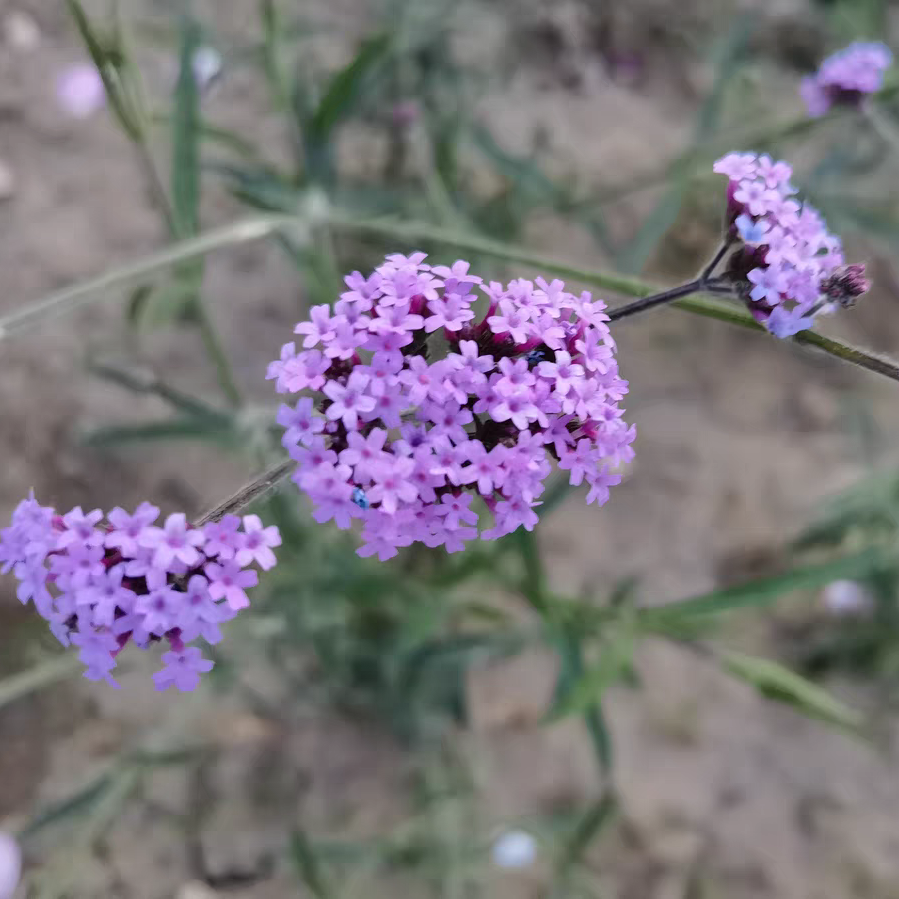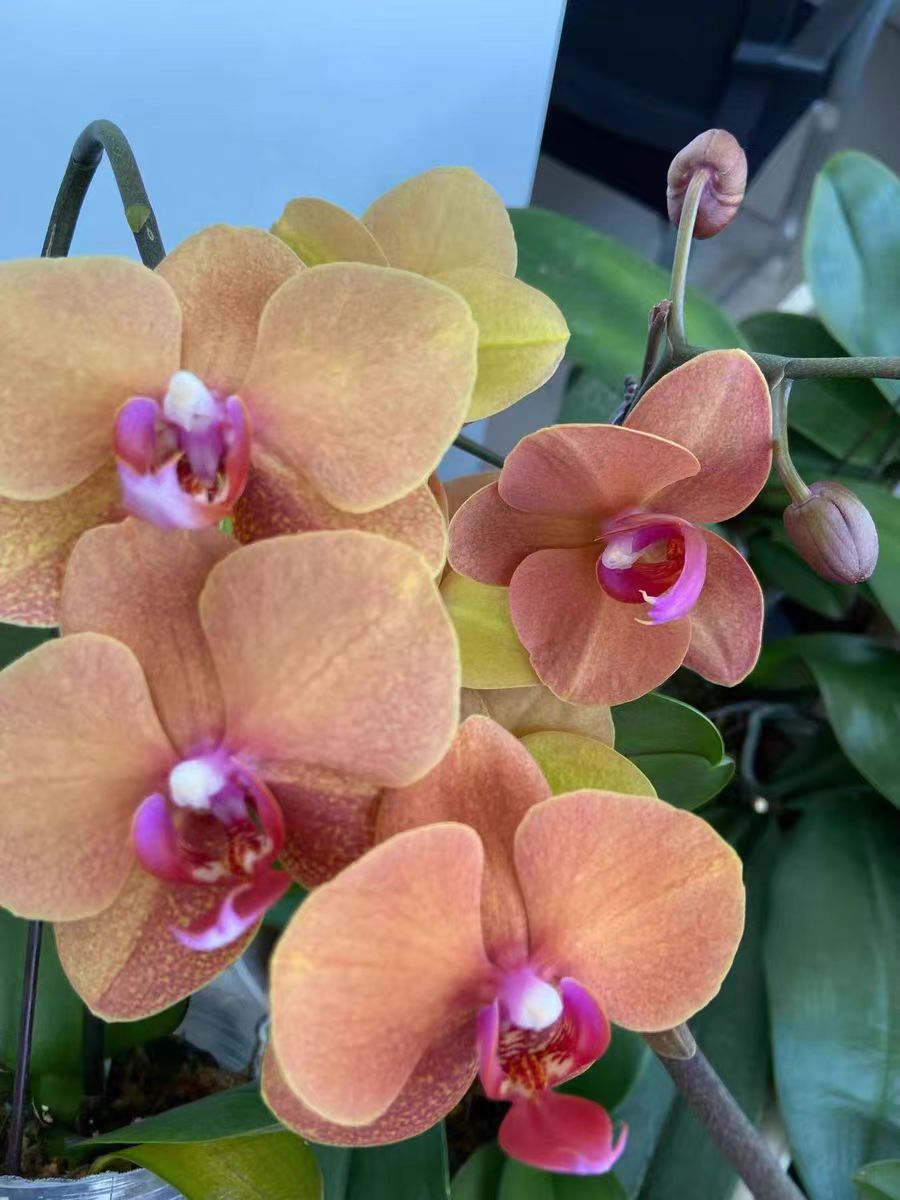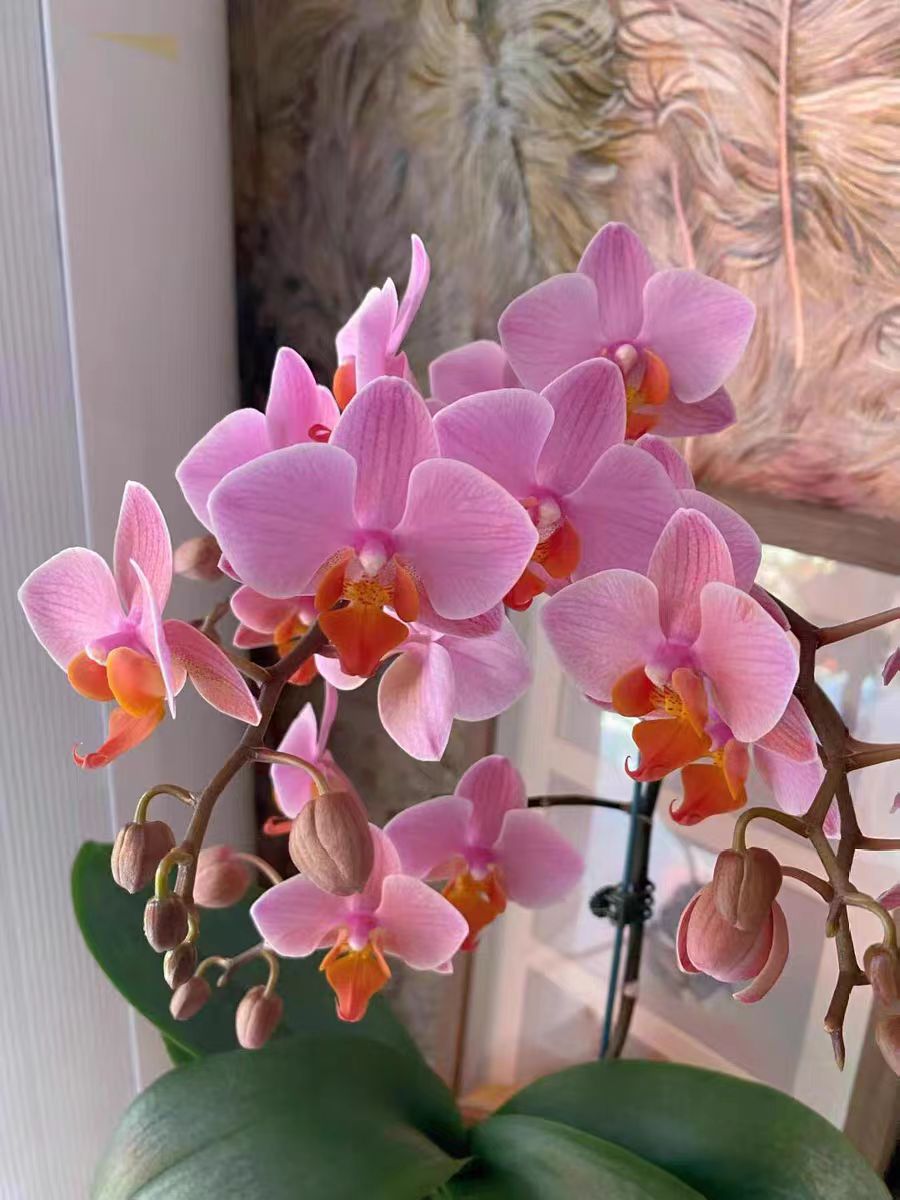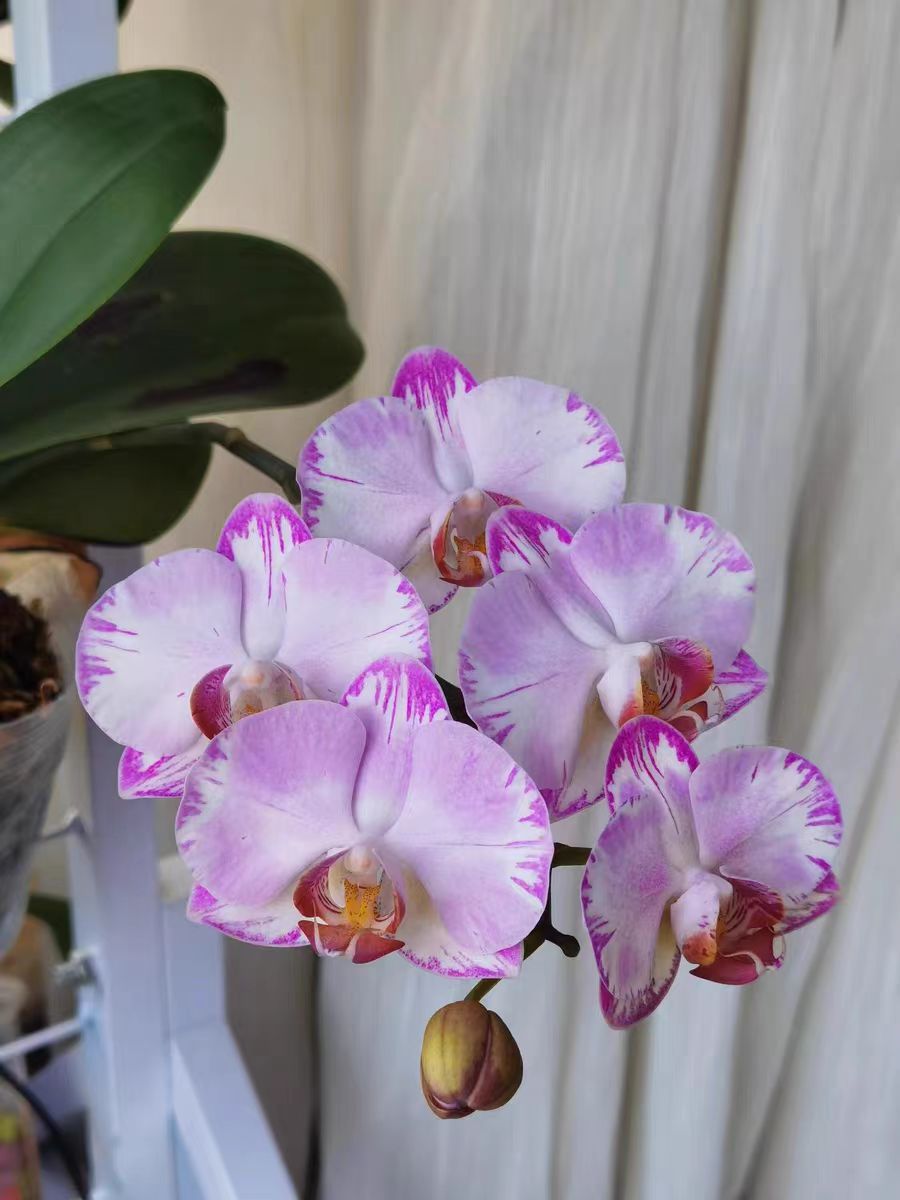Verbena is a perennial herbaceous plant.
In terms of appearance, its stem presents a unique square shape, and the whole plant is covered with soft fluff. The leaves grow in pairs, ranging in shape from oval to oblong, with serrated details on the edges. The flowers are small and compact, blooming in light purple or blue colors. They gather into slender spike-like inflorescences, like strings of small and exquisite purple wind chimes. When the breeze blows, they sway gently, presenting an extremely beautiful sight.
The flower language of verbena is justice and expectation. It implies people's pursuit of fairness and justice and their expectation for a beautiful future. In ancient times, verbena was regarded as a sacred plant. It is said that it can drive away evil spirits and avoid disasters.
Verbena has multiple efficacy and functions. In terms of medicinal use, it has the effects of clearing heat and detoxifying, promoting blood circulation and removing blood stasis, and inducing diuresis and reducing swelling. It can be used to treat colds, fevers, sore throats, bruises and other ailments. In addition, verbena also has certain ornamental value and can add a bright color to courtyards and gardens.
If you want to grow verbena in pots, here are some planting and maintenance methods. First, choose the right flowerpot and soil. The flowerpot should have good air permeability. The soil should be loose, fertile, and sandy soil with good drainage. Appropriate amounts of leaf mold and perlite can be added to the soil to improve the fertility and air permeability of the soil. Then, carry out sowing or transplanting. If sowing, the verbena seeds can be evenly scattered on the soil surface and then gently covered with a thin layer of soil. If transplanting, you can choose strong and healthy seedlings and carefully transplant them into flowerpots.
When maintaining verbena, several key points need to be noted. It prefers a sunny environment, so it should be placed in a location with abundant light. For soil, although verbena is not picky, fertile and well-drained soil can help it grow better. Watering needs to be moderate to keep the soil moist while avoiding waterlogging. During the growth period, timely fertilization can help its growth and flowering.
In addition, attention should also be paid to the prevention and control of pests and diseases. Regularly check the plants. When pests and diseases are found, timely measures should be taken for prevention and control. Corresponding pesticides can be sprayed.
What are the efficacy and functions of verbena?

Share with
Tagged in :




Leave a Reply